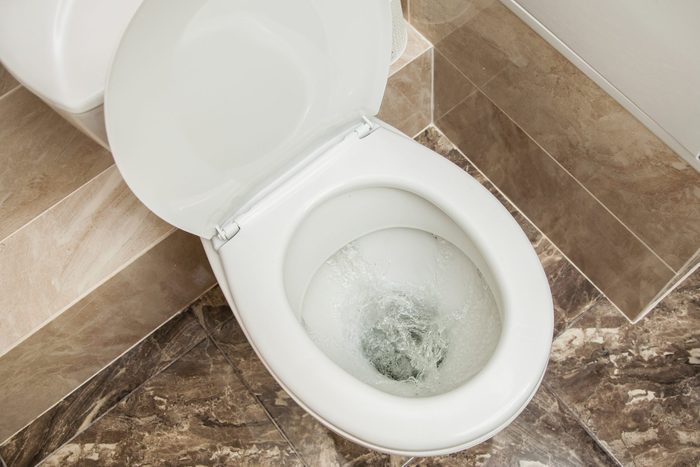Water-saving toilets, also known as low-flow toilets, are crucial in reducing household water consumption. With the increasing emphasis on environmental preservation, understanding how to maintain a water-saving toilet is essential for every household. Not only do these toilets help in conserving water, but they also contribute significantly to lowering water bills. In this article, we will explore effective methods to ensure your water-saving toilet functions optimally.

Understanding the Importance of Regular Maintenance
Regular maintenance of your water-saving toilet ensures it operates at peak efficiency. Ignoring minor issues can lead to significant problems that might require extensive repairs or even replacement. Regular checks help in identifying potential issues early, thus preventing water wastage and costly repairs.
Water-saving toilets have sophisticated mechanisms that can be prone to wear and tear if not adequately maintained. Ensuring that these mechanisms are regularly inspected and serviced can save a lot of trouble. For more insights on features to look for in a water-saving toilet, you can visit this guide.
Steps to Maintain Your Water-Saving Toilet
1. Regular Cleaning
Cleaning your toilet regularly is the first step in maintaining it. Use mild, non-abrasive cleaners that are specifically designed for toilets. Harsh chemicals can damage the toilets finish and the internal mechanisms. Ensure that you clean the rim of the bowl, the flush handle, and the tank.
2. Inspecting Internal Components
The internal components of a water-saving toilet, such as the flapper valve, fill valve, and flush valve, should be inspected regularly. These components control the water flow and any malfunction can lead to leaks or inefficient flushing. Replacing worn-out parts promptly can prevent bigger issues.
To understand more about dual-flush systems and their maintenance, refer to this article.
3. Checking for Leaks
Leaks can be silent and go unnoticed, leading to significant water loss over time. Conduct a simple dye test by adding a few drops of food coloring into the tank. Wait for about 15 minutes without flushing. If the color appears in the bowl, there is a leak that needs to be addressed.
4. Adjusting Water Levels
Ensure that the water level in the tank is set to the appropriate height. The water level should be about an inch below the overflow tube. Adjusting the float arm or filling valve can help achieve the correct water level, ensuring efficient flushing.
Common Problems and Solutions
Weak Flush
A weak flush can be caused by a clogged rim or siphon jets. Cleaning these jets with a wire hanger or brush can help restore the flush power. Additionally, ensure that the water level in the tank is adequate.
Running Toilet
A running toilet is usually caused by a faulty flapper valve. Replacing the flapper or adjusting the chain length can resolve this issue. Ensure the flapper seals properly with the flush valve seat.
Benefits of Maintaining a Water-Saving Toilet
Proper maintenance of a water-saving toilet not only ensures efficient performance but also extends the lifespan of the toilet. It contributes to substantial water conservation, which is beneficial for both the environment and your wallet. A well-maintained toilet is less likely to require repairs, saving you time and money.
For more eco-friendly home upgrades, check out this comprehensive guide.
Conclusion
Understanding how to maintain a water-saving toilet is essential for maximizing its benefits. Regular cleaning, inspection of internal components, and addressing leaks promptly are crucial steps in ensuring your toilet remains efficient. By following these steps, you can enjoy reduced water bills and a positive impact on the environment.
To learn more about the impact of upgrading your toilet on water conservation, visit this external resource.

FAQs
Why is my water-saving toilet not flushing properly?
A weak flush can be due to clogged rim or siphon jets or insufficient water level in the tank. Ensure these parts are clean and the water level is adequate.
How often should I check for leaks in my toilet?
It is advisable to check for leaks monthly. Regular checks can prevent water wastage and costly repairs.
Can I use regular cleaning products on my water-saving toilet?
It's best to use mild, non-abrasive cleaners specifically designed for toilets. Harsh chemicals can damage the toilet's finish and internal components.






